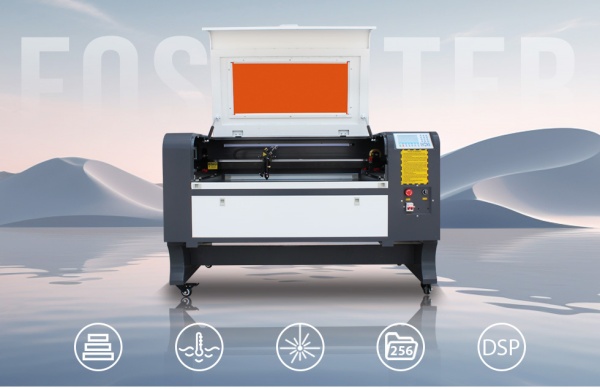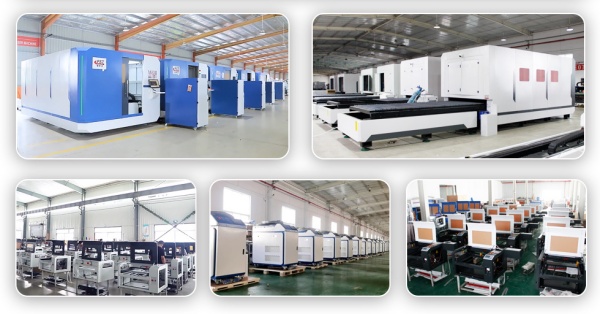Purchasing a laser engraver is a significant investment, whether for personal projects or business applications. To ensure you choose the right machine, consider the following key factors:
1. Type of Laser Engraver
Laser engravers come in different types, including CO₂, fiber, and diode lasers.
CO₂ Laser: Ideal for engraving non-metal materials like wood, acrylic, glass, leather, and paper.
Fiber Laser: Best for metal engraving, including stainless steel, aluminum, brass, and other high-reflectivity materials.
Diode Laser: Suitable for light engraving on wood, leather, and some plastics.
2. Laser Power & Cutting Capability
The power of the laser (measured in watts) determines its engraving speed and depth.
Low Power (5W–40W): Suitable for fine engraving on wood and plastics.
Medium Power (40W–150W): Great for deep engraving and light cutting.
High Power (150W and above): Suitable for cutting thick materials and industrial use.
3. Engraving Speed & Precision
Look for machines with high-speed performance and precise control systems. Factors like laser spot size, resolution (DPI), and motor quality affect engraving accuracy. Ensure the engraver supports vector and raster engraving modes for flexibility.
4. Work Area Size
Choose a machine with a workspace large enough to accommodate your projects. A 400x600mm work area is suitable for small designs, while industrial machines offer sizes up to 1300x900mm or larger for mass production.
5. Software Compatibility
Ensure the laser engraver is compatible with popular design software such as AutoCAD, CorelDRAW, Adobe Illustrator, and LightBurn. A user-friendly interface improves workflow efficiency.
6. Cooling & Ventilation System
Laser engraving and cutting machine generates heat and smoke. Machines with built-in water cooling (chillers) and exhaust systems help maintain performance and ensure a safe working environment.
7. Material Compatibility
Verify the materials the engraver can handle. Some machines support only organic materials, while fiber lasers specialize in metals. If versatility is a priority, choose an engraver with multi-material support.
8. Safety Features
Look for emergency stop buttons, protective covers, and ventilation systems to ensure safe operation. Enclosed laser engravers provide extra protection from laser exposure.
9. After-Sales Support & Warranty
Choose a brand that offers reliable customer support, training, and a solid warranty. A minimum of 1-2 years warranty on core components (laser source, control board) is recommended.
10. Budget & ROI
Consider your budget and expected return on investment (ROI). While entry-level engravers are affordable, investing in a high-quality machine with better durability and performance ensures long-term profitability.
Conclusion
Selecting the right laser engraver requires careful consideration of laser type, power, work area, material compatibility, software, safety, and budget. Foster Laser provides a range of CO₂ and fiber laser engraving machines tailored to different industry needs. Contact us for professional advice and find the perfect solution for your business!
Post time: Feb-21-2025


